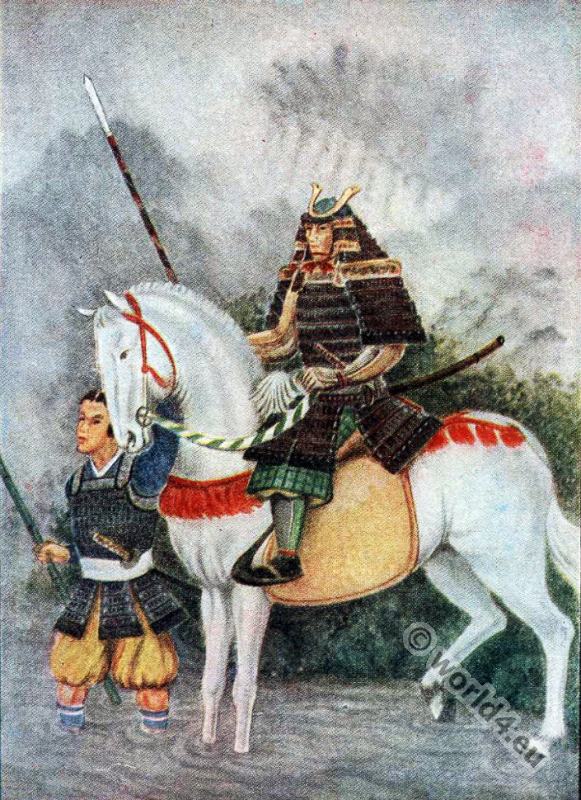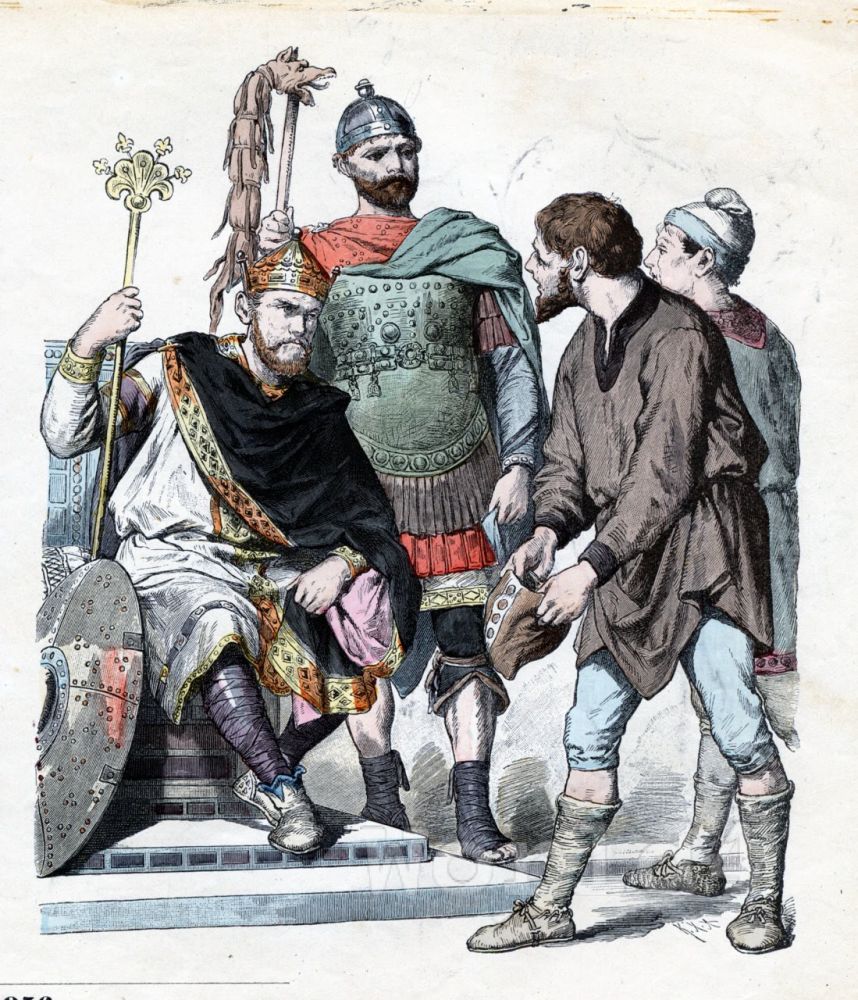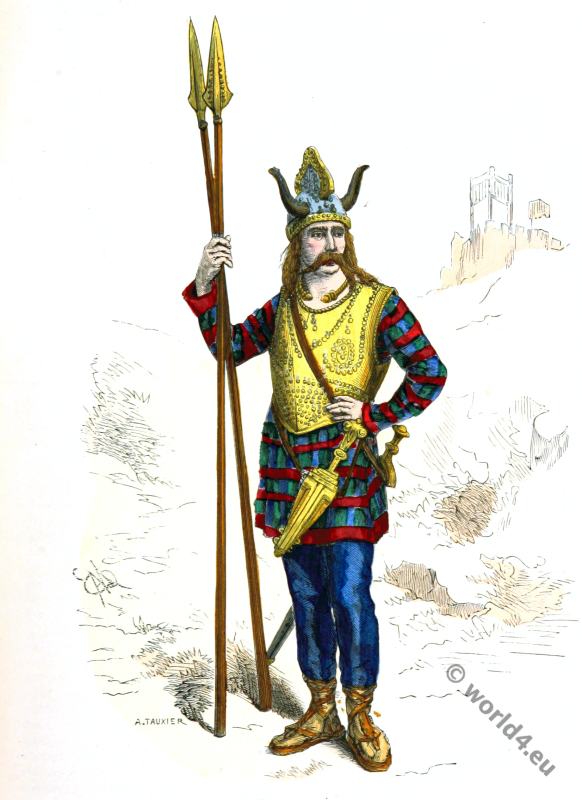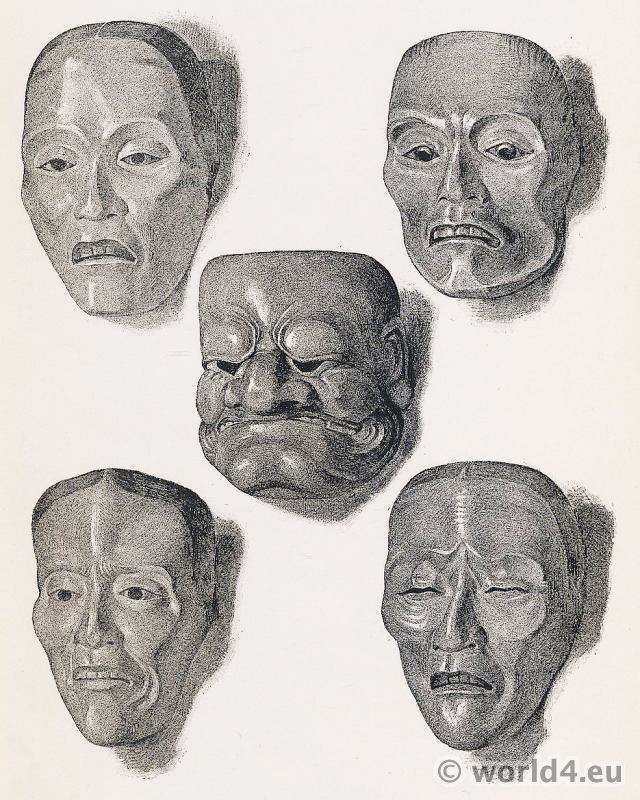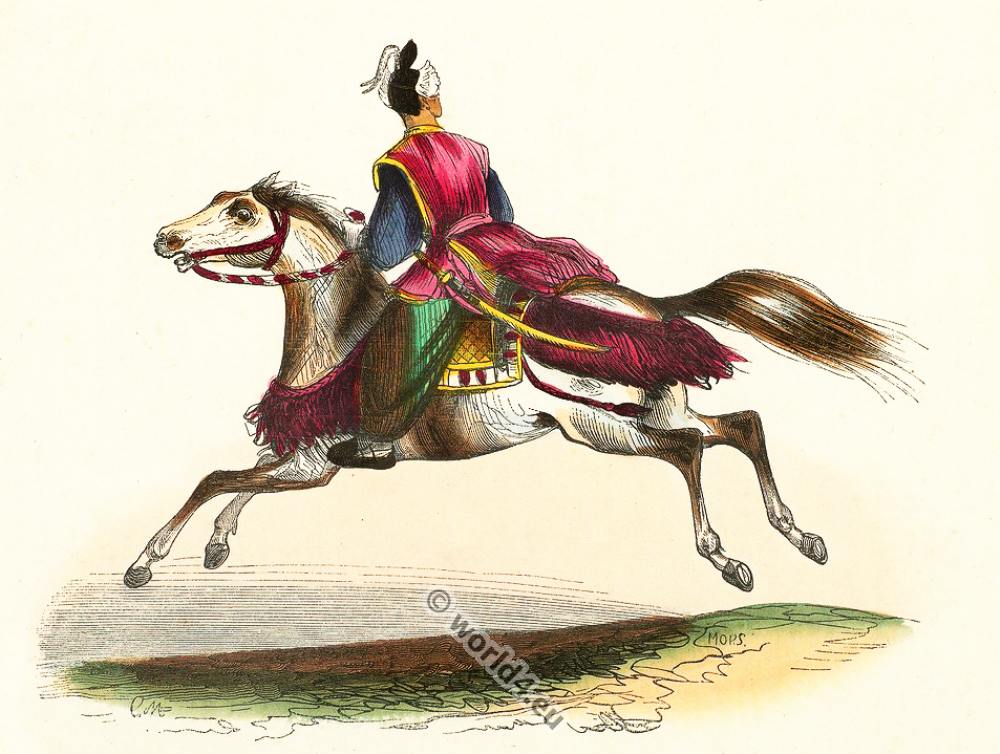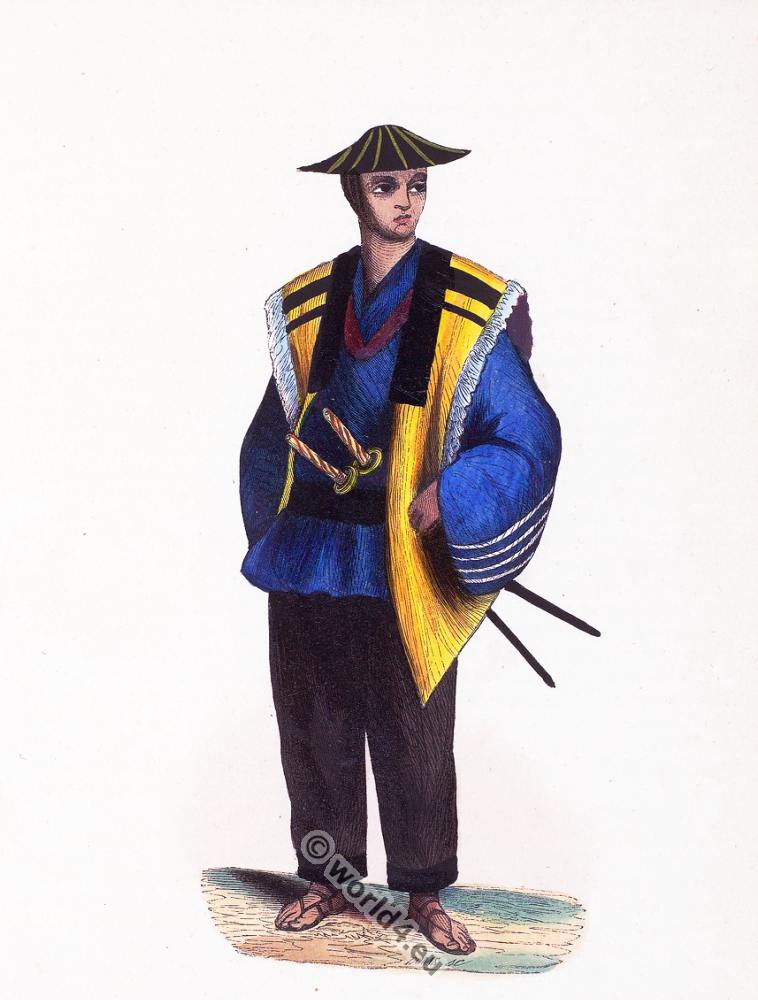The man who became the great Hideyoshi (16th century), then in the service of Nobunaga fighting against rebellious lords, helps his master cross a ford.
Celui qui devint le grand Hideyoshi (16e siècle), alors au service de Nobunaga en lutte contre seigneurs révoltés, aide son maître à franchir une gué.
Toyotomi Hideyoshi.
Toyotomi Hideyoshi (1537-1598 豊臣 秀吉 / Toyotomi no Hideyoshi, formerly Fengtomi Hideyoshi) was a Japanese warlord, feudal lord and court noble of the Sengoku – Azuchi-Momoyama period. He was a natural retainer, (the first) military governor, and a taikō. One of the Three Great Masters *).
*) The 3 Unifiers of Japan: Oda Nobunaga (1534-1582), Toyotomi Hideyoshi (1536-1598), Tokugawa Ieyasu (1543-1616).
‘Statue of Toyotomi Hideyoshi’ (part) Kyoto Takadaiji Temple, Tankus, Kyoto, 1598, Japan. Toyotomi Hideyoshi held the Kitano Grand Tea Ceremony (1587). The event ended after only one day due to lack of participation.
He succeeded Oda Nobunaga, unified the country and laid the foundations of modern feudal society. His official ranks were first cousin, sekihaku, dajo daisho (minister of state) and shoichi (first rank in the Imperial gift ceremony).
He served the warlord Oda Nobunaga of Owari as Kinoshita Fujikichiro Hideyoshi, and at a young age became a powerful military commander in the Oda family, changing his name to Hashiba (羽柴).
As Nobunaga expanded his domain, he made further achievements and became one of the Oda family’s chief retainers in Nagahama, Tajima and Harima provinces. When Nobunaga was defeated by Akechi Mitsuhide in the Honnoji Incident, he hastily made peace and returned to Kyoto, defeating Mitsuhide in the Battle of Yamazaki.
He also established his own government (the Toyotomi regime) after winning the battle for control of the Oda administration.
Hideyoshi became the first samurai to be made sekihaku and given the surname of Toyotomi. He demanded vassalage from the warring feudal lords of various regions in the name of Somugi, backed by the authority of the Imperial Court, and achieved unification of the country by conquering Odawara, where he defeated the Hojo clan.
After unifying the country, the Toyotomi administration promoted nationwide policies such as the Taikō kenchi (land survey), the sword-hunting order and the stone height system, and gained enormous financial power from the revenues from warehouses and mines across the country.
The Toyotomi administration constructed large-scale buildings such as the Juraku-dai, Hokoji Temple (the Great Buddha in Kyoto) and Fushimi Castle, while Hideyoshi also encouraged the development of the tea ceremony, arts and crafts and the performing arts, which he loved. The culture that developed under Hideyoshi’s reign is known as Momoyama Culture.
In his later years, he decided to conquer the Ming dynasty and went to war against Joseon (Bunroku-Keicho War). The birth of his own son Hideyori during this period forced him to eliminate his nephew Hideji, whom he had designated as his successor, and restructure his government.
However, Hideyoshi soon fell ill and died, leaving the young Hideyori in the hands of the Five Grand Elders and Five Magistrates.
Related:
- An actor of the Noh in full costume. Kagekiyo. Japan.
- Costumes of Japan and Java.
- Japan costumes 19th century by Auguste Racinet.
- Historical costumes from Asia, by Auguste Wahlen.
Discover more from World4 Costume Culture History
Subscribe to get the latest posts sent to your email.

